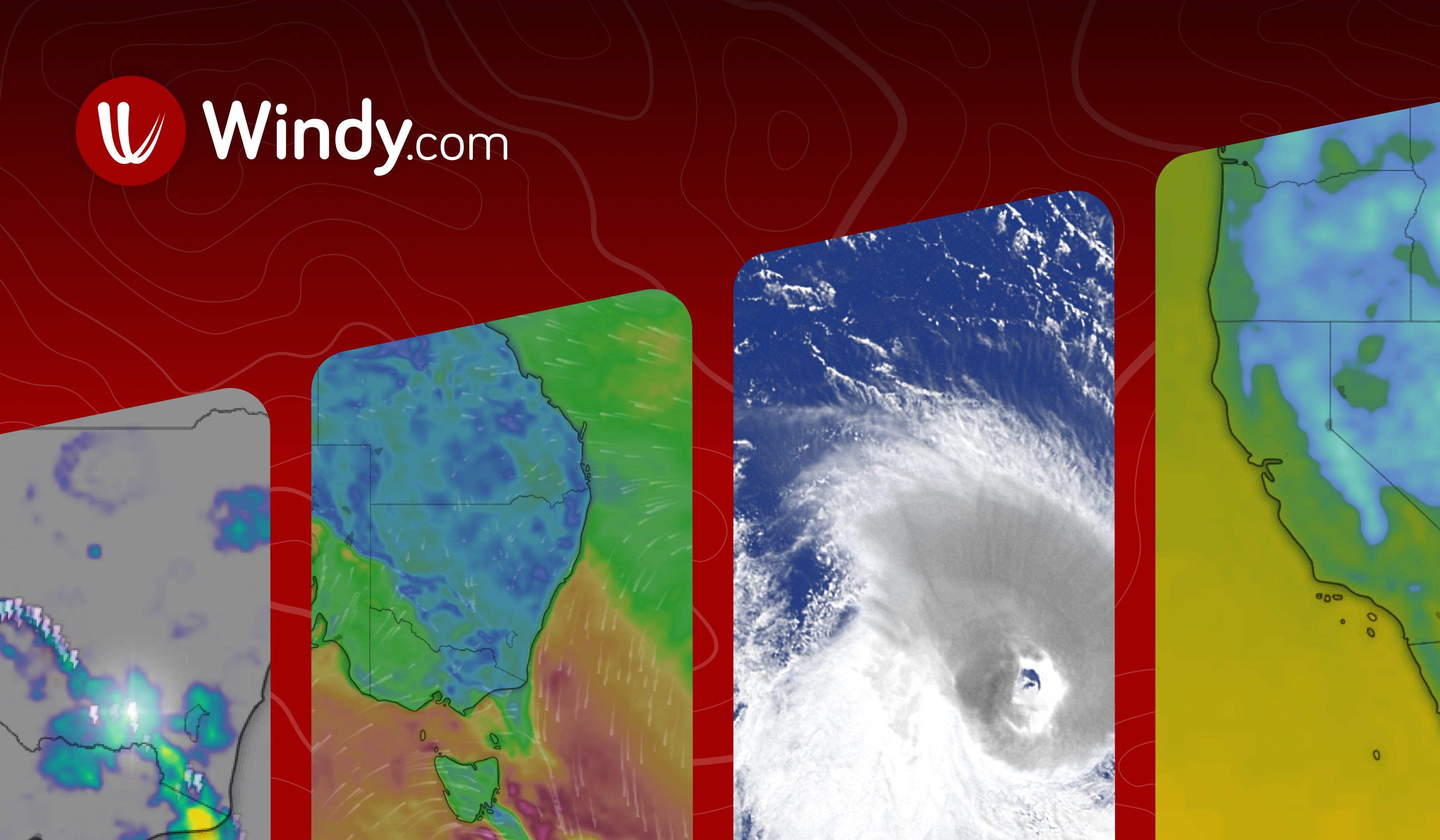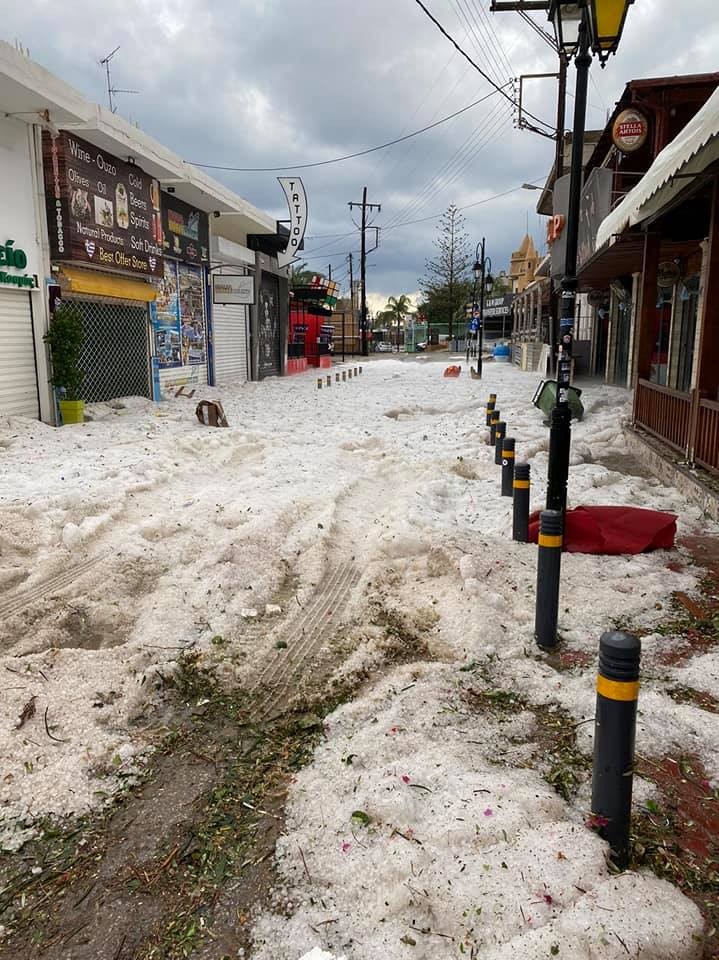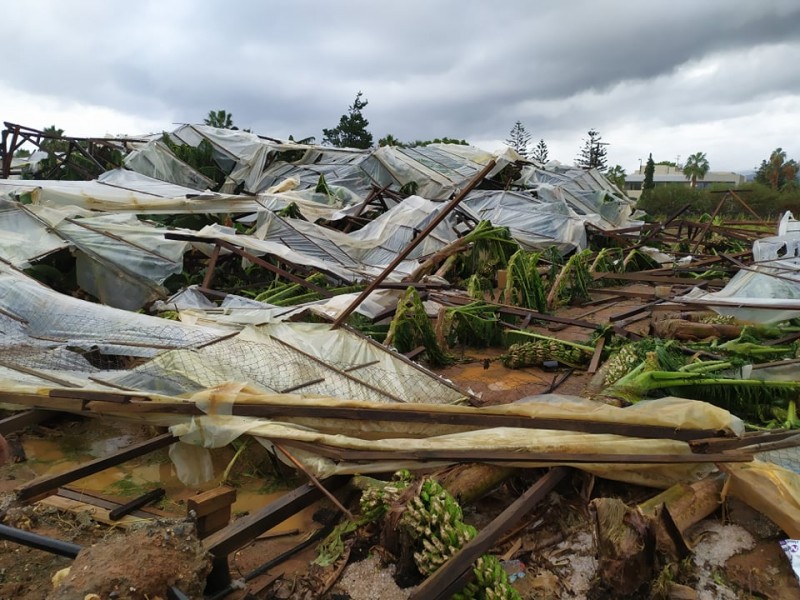Very interesting articles, thanks Gary. Just saw this article on Electroverse, about the impact of the Grand Solar minumum in Spain:Two recent articles on the Mini Ice Age from Electroverse:
Today, the impacts of the Grand Solar Minimum are seen in Spain.
Across the higher elevations of the Iberian Peninsula as much as half a meter (1.64 ft) of snow has accumulated — totals that would be at home after a powerful winter storm, not least one in late-Sept/early-Oct. And along with the early snow, the Cogulla weather station, located in Cerler (which sits at an elevation of 2,300m), also registered a teeth-chattering low of -5.9C (21F).
At the higher elevations the snow will now not go away, warns the guard of the Góriz refuge Joan María Vendrell: it is here to stay for the season.
This is how glaciers build.
This is also how ice ages begin.
The COLD TIMES are returning, the mid-latitudes are REFREEZING, in line with historically low solar activity, cloud-nucleating Cosmic Rays, and a meridional jet stream flow.
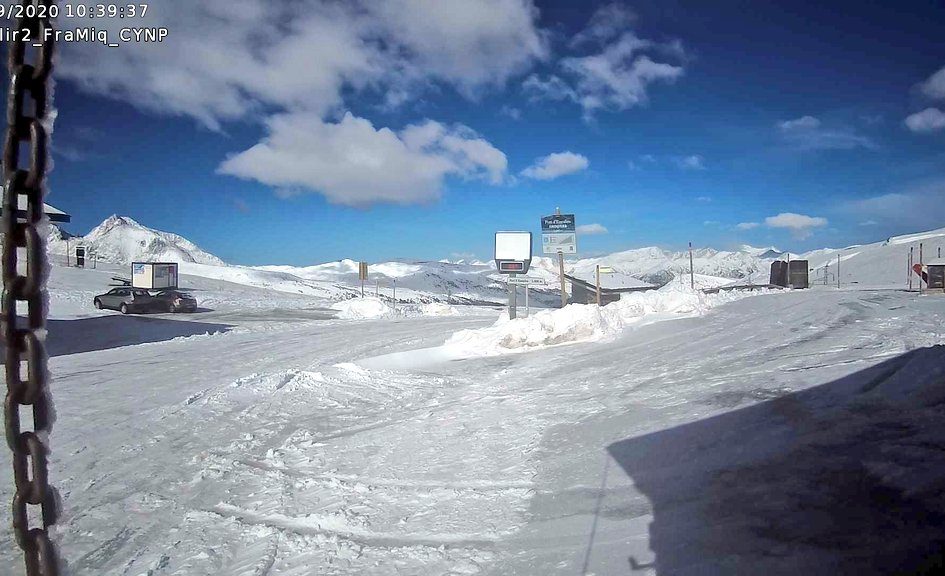
Another "Winter" Snowstorm Blankets the Spanish Mountains - Electroverse
Of late, both hemispheres have been suffering out-of-season cold and snow as polar conditions have invaded the mid-latitudes.

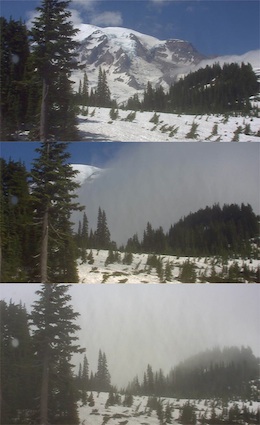
 ). Halloween is weeks away, so will have to see if the weather become more entrenched or it eases off for a charitable late October and early November (there is more to do outside before the crunch of winter).
). Halloween is weeks away, so will have to see if the weather become more entrenched or it eases off for a charitable late October and early November (there is more to do outside before the crunch of winter).
